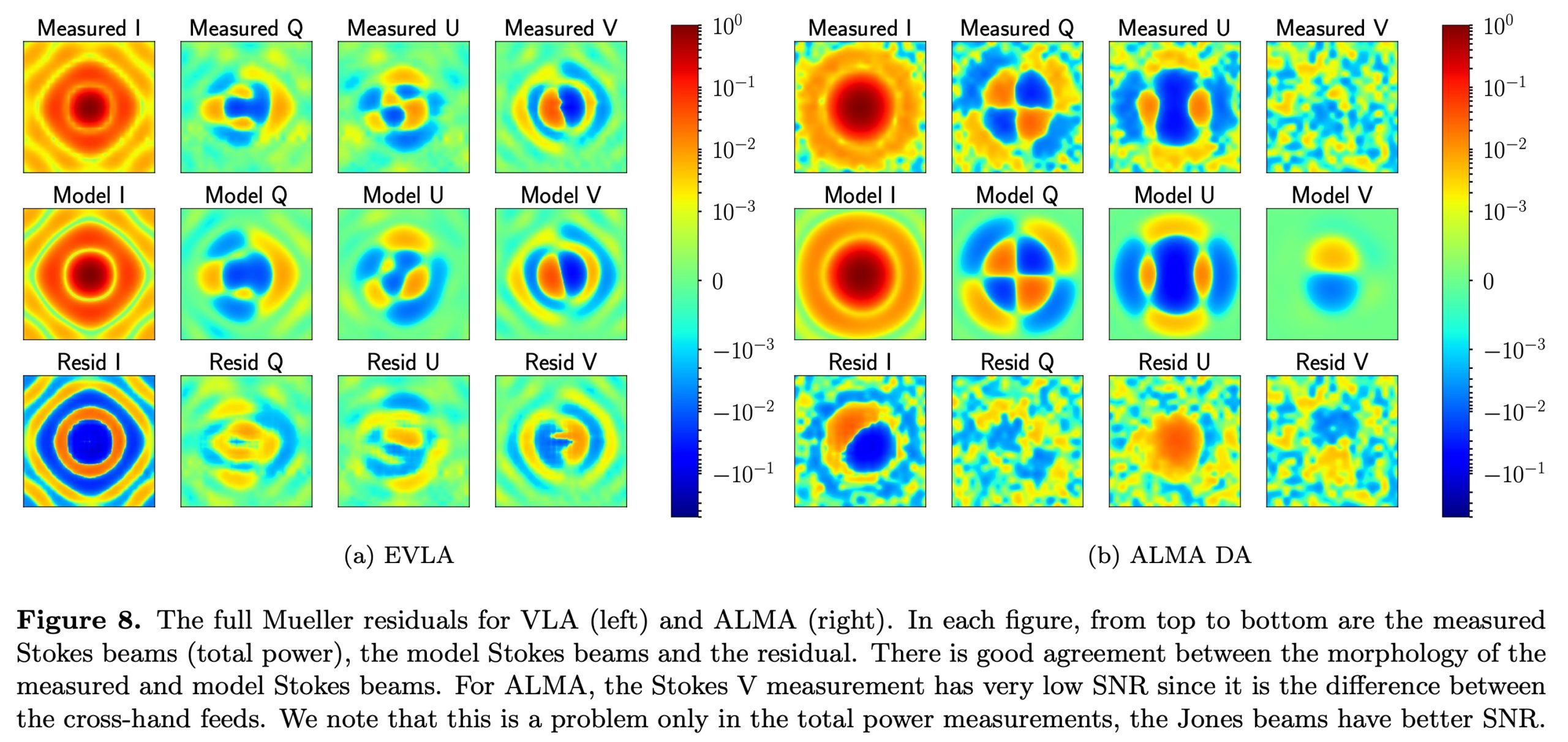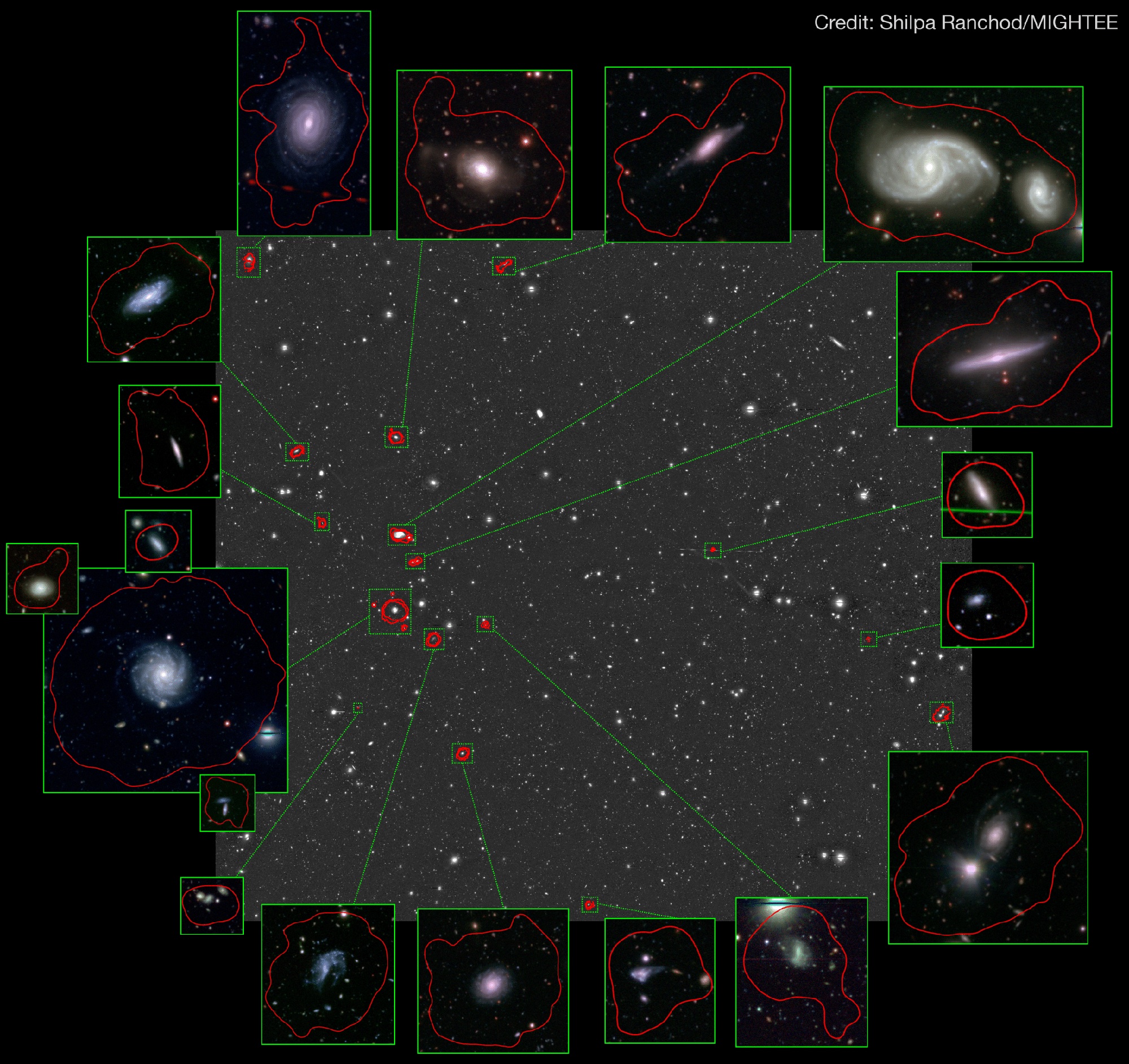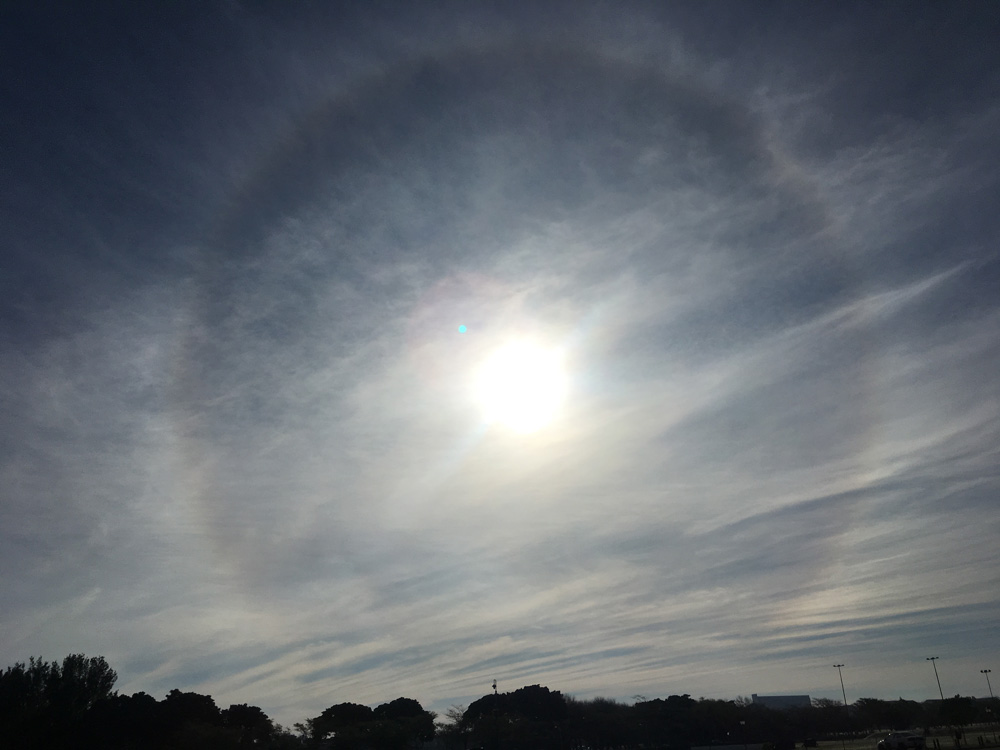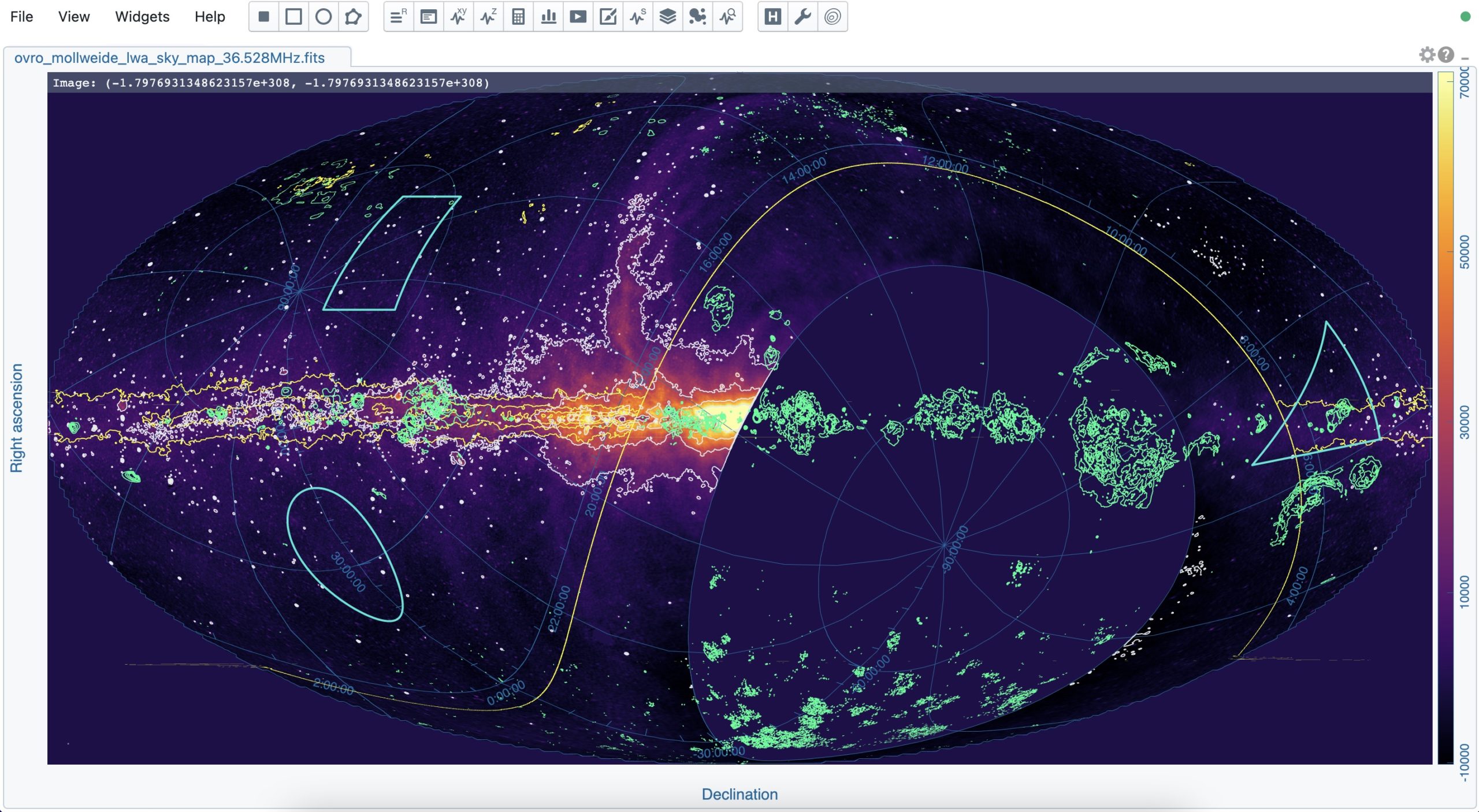New analysis of more than 2000 Galaxies with MeerKAT
Using early science data for the MIGHTEE project on the MeerKAT radio telescope, a researcher at the University of the Western Cape – with collaborators from eight countries, including four other South African Institutions – has analysed over 2000 galaxies, growing our understanding of the evolution of galaxies over cosmic time. Dr Fangxia An – a postdoctoral researcher at IDIA … Read More










